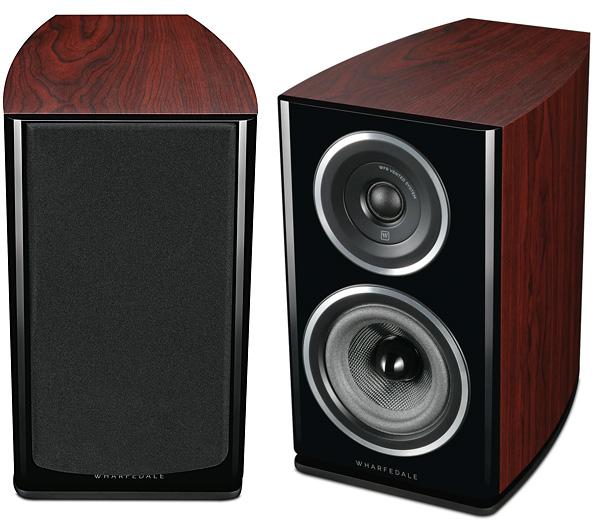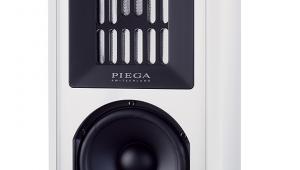Wharfedale Diamond 11.1 loudspeaker

 Not the diddiest of the new Diamonds, but can the smart-looking 11.1 live up to its heritage?
Not the diddiest of the new Diamonds, but can the smart-looking 11.1 live up to its heritage?
The highly competitive British budget speaker market has long been a thing of wonder – or should that be bafflement? – for overseas observers. For many years, all the major players in the industry vied to squeeze maximum sales appeal out of boxes designed to sell for around £100 a pair, with each successful debut instantly setting itself up as the brightly-lit target for its near rivals.
While this cut-throat arena certainly came up with some cracking designs over the years, and brought budget-conscious buyers serious value, fortunately for the corporate bean-counters the battle has rather come to its senses, and prices have crept up. So it is that the latest versions of the Wharfedale Diamond – the speaker arguably responsible for kicking off this whole melee decades ago – start from £160, while the Diamond 11.1 seen here is £270, available like the rest of the range in black, white, walnut or rosewood finishes.
A Significant Role
As you can read in the Diamond Days Sidebar, the first Diamond speaker appeared 32 years ago, and so has played a significant part in the company's 86-year history, not to mention defining a sector in the speaker market with its diminutive dimensions and high standard of performance.
The 11 series models are far removed from that initial, rather simple little speaker, not least because 'Diamond' now encompasses a whole range, in curvaceous cabinets. But the intention is the same – affordable speakers able to deliver a fulfilling musical experience.
The latest Diamond range was announced at the High End Show in Munich earlier in 2017, and runs to no fewer than eight models. There are three standmount designs, kicking off with the diminutive Diamond 11.0, and a trio of floorstanders running from the 2.5-way 11.3, at just shy of £600, up to the three-way 11.5, which will give you 5p change from £1000.
Consistent across the lineup is the company's new 25mm textile soft-dome tweeter, using what's described as an 'oversized' ceramic magnet assembly, a copper cap for flux control and a fibre-filled chamber behind the driver for damping of rearward radiation. Wharfedale explains that this design takes the tweeter's resonant frequency down below 800Hz, increasing linearity through the operating range while also allowing the driver to make a contribution to the speakers' midband output.
The Diamond 11s' mid/bass drivers, or mid and bass drivers where fitted, are a yellow woven Kevlar cone design, varying in size between the models. In the 11.1 it's a 130mm unit, while the little 11.0 makes do with a 100mm driver and sizes go up to the brace of 200mm dedicated bass units in the Diamond 11.5.
The combination of a tweeter with a damping chamber behind it and a yellow woven Kevlar mid/bass driver may have a certain familiarity about it... However, Wharfedale's engineers, under Director of Acoustic Design Peter Comeau, have further refined the larger driver with a progressive suspension system combining a lightweight foamed surround and a long-throw voice coil, while the cone, as found in previous Diamond ranges, is treated to match this new suspension, avoiding midrange cancellations caused by reflections from the surround. Again, a hefty magnet is used in the motor of these drivers, and the chassis has a ribbed design for extra rigidity and strength.
Refined Slot Loading
Tuning for the bass section is provided by Wharfedale's distributed port, which uses a vertical tube, flared at both ends to promote airflow and avoid 'chuffing', to feed a slot aperture at the base of the cabinet. First seen in the 2012 Diamond 100 speaker, and designed for smoother, more extended bass reinforcement, this slot-loading system has been refined over the past five years. Completing the package is that curved-wall cabinet, 31cm tall and built along with the drive units in the massive Shenzhen manufacturing complex of Wharfedale parent IAG. It uses a multi-layer sandwich of different wood derivatives, braced at critical points, and filled with a fibre lining that allows Wharfedale to claim a marked suppression of resonances [see Lab Report].
Good quality single-wire terminals are provided on the Diamond 11.1 speakers, with the crossover mounted to the terminal panel, and grilles with hidden magnetic fixings are supplied should you wish to use them.
























































